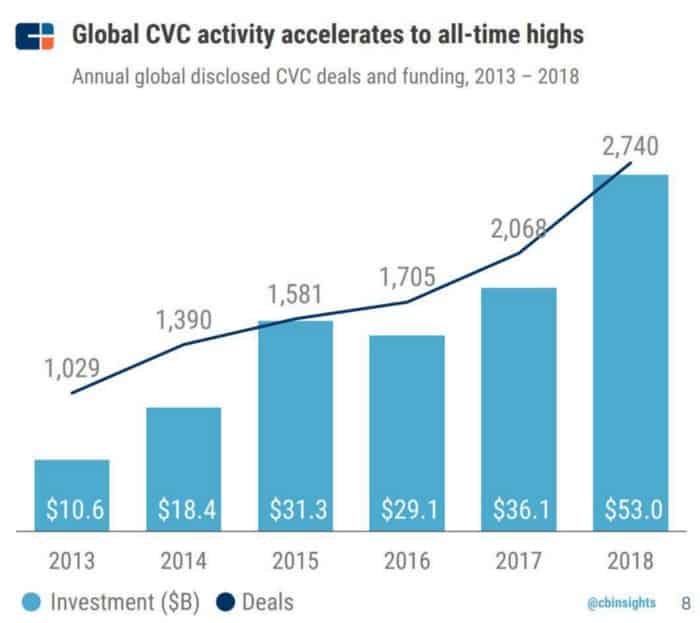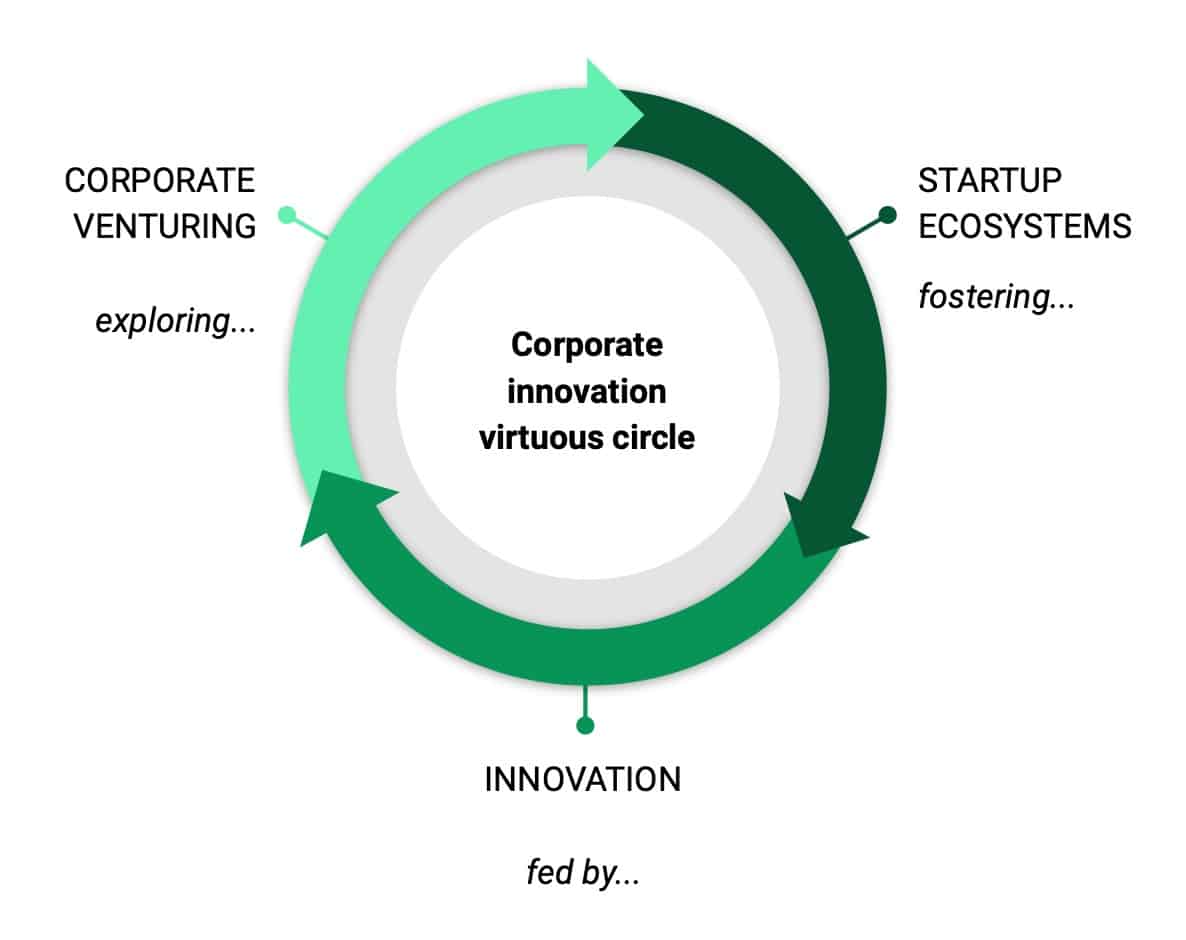Believe it or not, we consider corporations and large companies to be the most innovative bodies on earth. Read on Corporate Innovation to find out why.
In today’s fast-paced business world, no one would contest the critical importance of Corporate innovation in a company’s life cycle. All sort of business literature discusses the topic ad nauseam from any possible angle. And rightly so: we are talking about a matter of survival. The future of large companies lies in their capacity to innovate quickly and efficiently. However, the truth remains that a lot of them are rather static, slowed down by bureaucracy, or unable to afford an internal R&D department. A few key figures illustrate this threat (source: McKinsey):
In today’s fast-paced business world, no one would contest the critical importance of Corporate innovation in a company’s life cycle. All sort of business literature discusses the topic ad nauseam from any possible angle. And rightly so: we are talking about a matter of survival. The future of large companies lies in their capacity to innovate quickly and efficiently. However, the truth remains that a lot of them are rather static, slowed down by bureaucracy, or unable to afford an internal R&D department. A few key figures illustrate this threat (source: McKinsey):
Innovation has become a business imperative, but is not easy to implement. Successful innovation involves mobilising a long list of telescoping aspects that must converge seamlessly.
Among these ingredients, corporate culture, human resources, global mindset, values, and business processes are of the utmost importance. When it comes to methods and tools, one can roughly organise them into three categories, depending on their level of outward opening.
Startups may well be the best future-prediction engine ever developed. Innovation comes from small, agile organisations, from people taking risks and pushing boundaries forward. Startups are disrupting whole industries and changing the business landscape forever, as this article explains. Since 2010, over 21,800 startups have exited worldwide for a total deal value of about US$1.2 trillion.
Corporations have long understood that turning to startups is now a mandatory exercise and a major component of their innovation arsenal. In future we can expect to see even more partnerships and collaborations taking place between corporations and startups, as 80% of corporates are interested in knowing more about startups and pursuing a professional relationship with them. Corporate venturing, a concept born in the eighties, is now seeing an unprecedented rise.

Startup ecosystems exist thanks to corporations and large companies, rather than vice versa. Entrepreneurship enthusiasts often claim that startups are what allows corporates to survive, evolve and grow. It’s the exact opposite.
Most startup entrepreneurs, especially in the technology sector, follow their dreams with passion and work hard to push their baby forward. Their ultimate objective is to exit and get rich. Aside from rare IPOs, the most common exit route for successful startups is to be acquired by a large company. Selling to a big firm is the most appealing conclusion point of an entrepreneurial journey — whatever startup founders may say at the outset. In that sense, large businesses are the raison d’être of startup ecosystems.
Without corporate venturing from bigger, more mature actors, the seeds of courage, patience, and hard work would not be planted in entrepreneurs’ hearts. Low venturing means few ecosystems and few ecosystems means low innovation. Corporate venturing is therefore the beginning and the end of a virtuous circle.

Recent interest towards corporate venturing has extended from corporations to large companies in general; now even SMEs and scale-ups play the M&A game. In 2018, nearly a quarter of all VC deals involved a corporate (source).
If you’re not in the game yet, we recommend the following article as an introduction to corporate venturing.